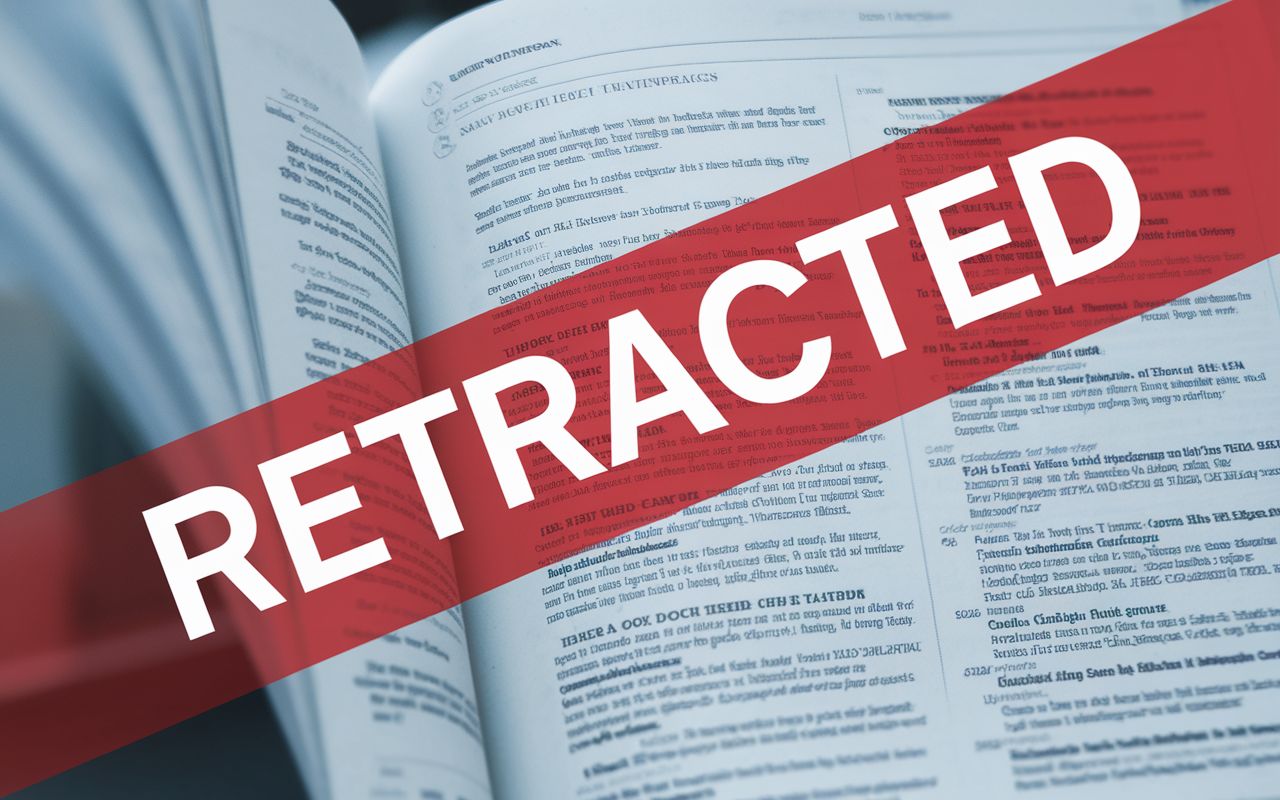🕵️♂️ Study reveals alarming rise in organized scientific fraud
Published by Adrien,
Source: Proceedings of the National Academy of Sciences
Other Languages: FR, DE, ES, PT
Source: Proceedings of the National Academy of Sciences
Other Languages: FR, DE, ES, PT
Follow us on Google News (click on ☆)
An in-depth investigation, conducted by researchers from Northwestern University, sheds light on sophisticated fraudulent practices that evade traditional oversight. Far from being isolated acts, these maneuvers involve coordinated entities operating globally. The consequences could be disastrous if nothing is done to counter this growing trend.

The research team, led by Luís A. N. Amaral, combined the analysis of large datasets with case studies to uncover these networks. They examined retracted publications, image duplications, and delisted journals, relying on major databases such as Web of Science and PubMed. Their method enabled the identification of repetitive patterns indicating systematic fraud rather than isolated errors. These findings highlight the scale of the problem, which now exceeds the growth of legitimate publications.
Among the tactics used, "paper mills" mass-produce low-quality manuscripts, often with fabricated data or plagiarized content. These documents are sold to researchers eager to publish quickly, sometimes for thousands of dollars, even purchasing author positions. Brokers act as intermediaries, facilitating publication in compromised or infiltrated journals. This industrialization of fraud allows some to build a reputation without conducting real research.
Fraudulent networks avoid controls by targeting vulnerable subfields or hijacking abandoned journals. For example, the journal HIV Nursing, once legitimate, was taken over to publish thousands of articles unrelated to its original field. Researchers emphasize the need for a multidimensional approach, including increased monitoring of editorial processes and better detection tools.
The advent of generative artificial intelligence exacerbates the risks, as it could amplify the production of fraudulent content. Without preventive measures, scientific literature risks being flooded with false information, which may even later be used to train future AI models. This alarming situation calls for an urgent restructuring of incentives in the scientific community to preserve integrity and public trust.
Paper mills: factories of scientific fraud
Paper mills are organizations that mass-produce falsified scientific articles. They exploit the "publish or perish" pressure in academia, where researchers must constantly publish to advance their careers.
These entities sell complete manuscripts or author positions, often through brokers who operate in the shadows. Prices vary depending on the position in the author list, with the first position being the most expensive.
The generated papers often contain manipulated images, fabricated data, or plagiarism, making their detection difficult without specialized tools. This undermines the quality of scientific databases used for future research.
Combating these practices requires international collaboration and advanced text and image analysis technologies to identify similarities and inconsistencies.
Infiltration of academic journals
Academic journals are sometimes infiltrated by malicious actors who bypass peer review processes. This can be done through the corruption of editors or the hijacking of abandoned journal titles.
When a journal ceases operations, its name and website can be bought by fraudsters to publish articles without quality control. These publications are then indexed in reputable databases, giving them an appearance of legitimacy.
This poses a major problem for indexing agencies like Scopus or PubMed, which must constantly update their lists to exclude unreliable sources. Increased vigilance from scientific communities is important to report these cases.
Initiatives like Retraction Watch help track retractions, but automation is needed to cope with the scale of the problem.